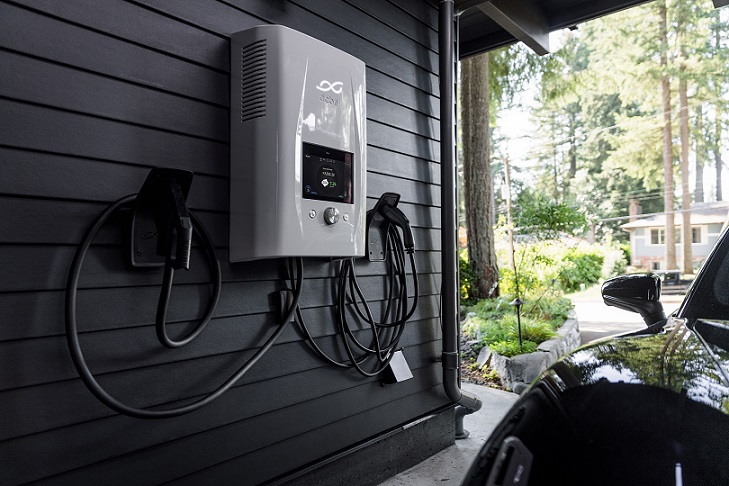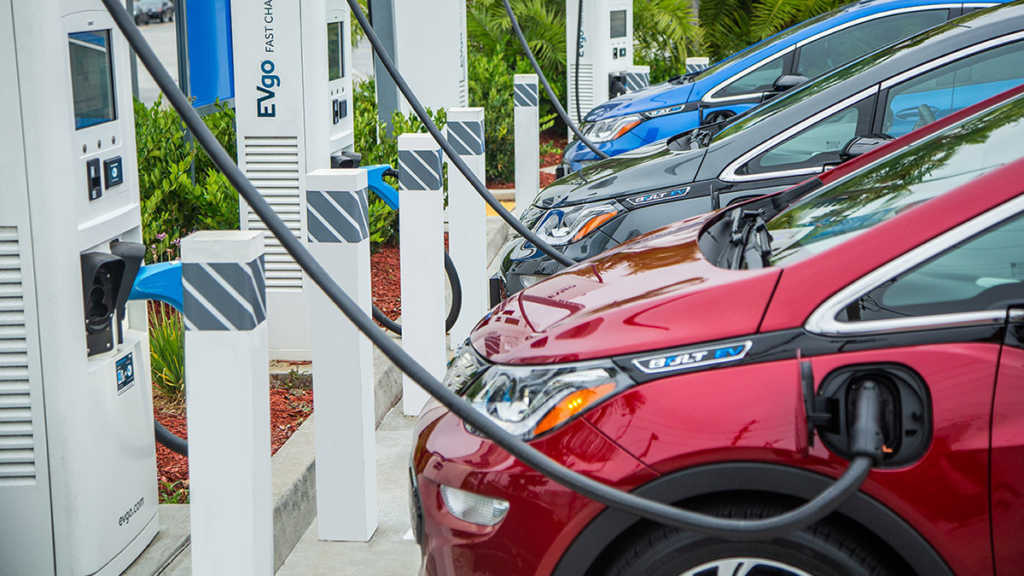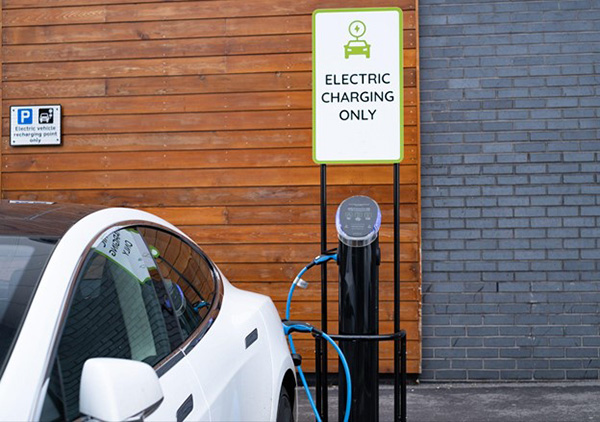Electric Vehicle Charging Stations
- The idea of an electric automobile may deter the average buyer, not because they lack desire, but rather because they are unsure of how to charge one. For this reason, it is essential that everyone is knowledgeable about how an electric vehicle (EV) charging station functions.
- Electric vehicles are charged using equipment known as EV chargers. Its main goal is to maintain an EV’s battery charge in order to maintain the mobility of the vehicle.
- A charging station also called a charge point or an EVSE is a piece of equipment that provides electrical power for plug-in electric vehicle charging.DC charging stations and AC charging stations are the two main categories.
- Only direct current (DC) electric power can be used to charge batteries; most electricity is delivered from the power grid as alternating current. Because of this, the majority of electric cars come equipped with an “onboard charger,” also known as an integrated AC-to-DC converter.
Cost of an Electric Vehicle Charging Station
Kilowatt-hours (kWh) per 100 miles are a common unit of measurement for plug-in electric car energy efficiency. A straightforward technique makes determining an EV’s cost per mile a breeze. The first thing you need to know is how much and how efficiently the car utilizes electricity. If the cost of electricity in your location is $0.13 per kWh and the car takes 33 kWh to travel 100 miles, the cost per mile is around $0.04.
How long does a car take to charge?
The length of time it takes to charge an electric car depends on the size of the battery and the charging speed of the carport. The larger the battery, the longer it takes to charge from empty to full in your car. A 7kW charging station requires around 8 hours to fully charge a typical electric vehicle with a 60kWh battery. To conveniently and simply access the vehicle’s charging connection, wherever it may be on the vehicle, the charging connector hangs from above. Drivers may connect their automobiles to the charging outlet without fumbling with a bulky cable thanks to the connection line’s partial automation. Thanks to the devices’ big touch screens, which show charging time, power, and the amount of charge left, they are incredibly user-friendly and provide drivers complete discretion over when to cease charging.
Utilize Renewable Energy EV Charging Stations?
Although an electric vehicle (EV) is more energy-efficient than a gas vehicle, this does not necessarily mean that you are using sustainable energy. The fuel that the power grid uses to generate electricity, such as oil, coal, or natural gas, is used to power charging stations. You must look for charging stations that are powered by wind or solar if you want to be sure that your automobile is powered by green energy. Alternatively, you can enrol in a green energy plan with your electricity company to use renewable energy to run your home charging station.
How Can I Locate EV Charging Locations?
Using an app is the most effective way to locate EV charging outlets. With the help of websites like PlugShare, you can compare prices and check how many chargers are accessible at a certain place while viewing charging locations from various charging networks. However, you might be able to use the inbuilt journey planner in your EV if you wish to stick to a certain network. Your Tesla vehicle can direct you to the closest Supercharger station or point out Destination Chargers at establishments like hotels, restaurants, and parking lots.
Conclusion
There is an increasing need for equipment that facilitates faster charging at higher voltages and currents than are currently provided by residential ESVE as the need for more readily available charging stations increases. Around the world, there are more and more electric vehicle networks that offer a network of publicly accessible charging stations for recharging EVs.Governments, manufacturers, and providers of the infrastructure for charging have struck agreements to construct these networks.





